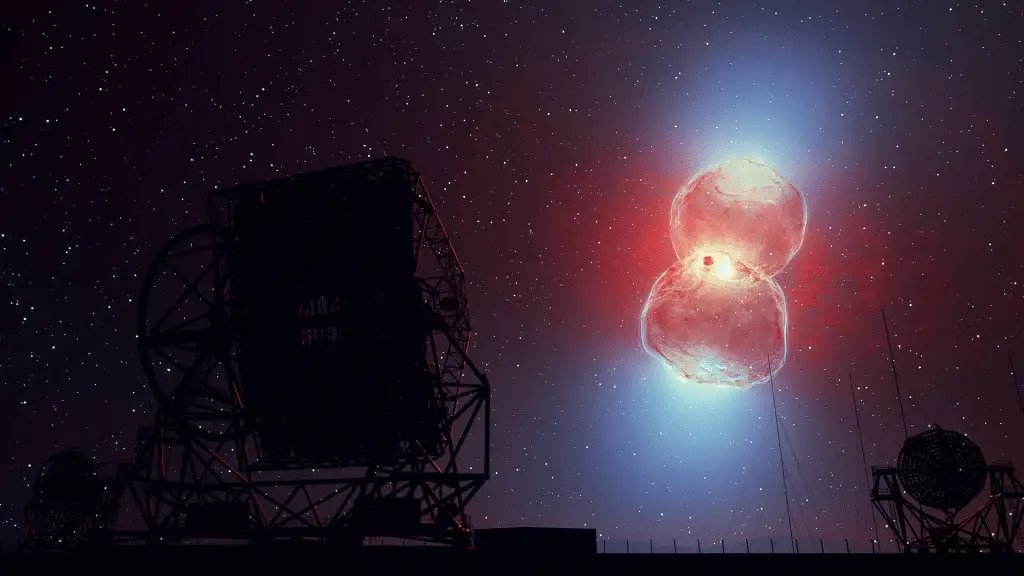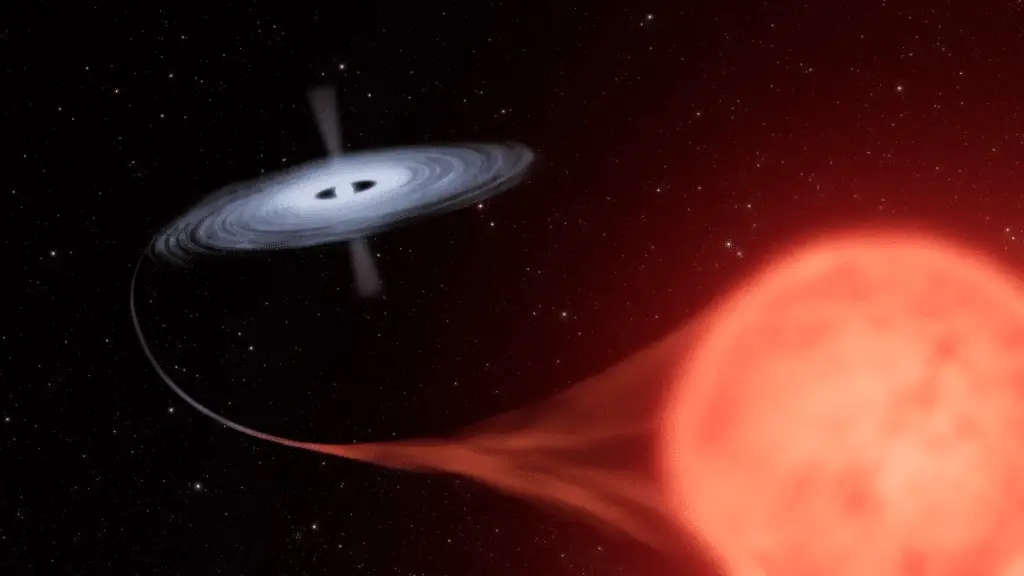The Universe is a place of wonders and mysteries, and among the most fascinating phenomena we can observe are the nova eruptionsan astronomical event that occurs in a narrow binary systemcomposed of a white dwarf and a companion star.
When the white dwarf accumulates enough material from its companion, athermonuclear explosion on its surface, causing a sudden increase in brightness, a phenomenon that has recently been observed in the system V1716 Scoalso known as New Sco 2023.
The eruption of V1716 Sco was first detected on April 20, 2023, when its magnitude reached 8.0with this event attracting the attention of astronomers around the world, who conducted a series of observations using various X-ray and gamma-ray space observatories.
A team of astronomers led by Huihui Wang of theUniversity of Science and Technology from Henanin China, has played a joint analysis observations made with space telescopes Swift, NuSTAR, Stop and the Neutron Star Interior Composition Explorer (NICER) aboard the International Space Station.
Observations revealed that the gamma-ray emission began one day after the optical eruption of V1716 Sco, with a test statistic (TS) value of 70. The duration of this gamma-ray activity, with a TS value greater than 4.0, it was 40 daysin addition, a stronger X-ray emission from Swift was observed one day after the optical flare.
These results make V1716 Sco the first classical nova where the detection of X-rays by Swift is simultaneous with the emission of gamma rays, and the fourth classical nova to show gamma-ray emissions contemporaneous with harder X-ray emissions from NuSTAR data.
Analysis of V1716 Sco
By analyzing the X-ray spectrum, the researchers found that the hardness ratio decreased rapidly over time, and the observed emission entered the supersoft source (SSS) phase about 40 days after the nova eruption.
The NICER data also allowed astronomers to detect a quasi-periodic oscillation (QPO) in the SSS phase with a period of 79.10 seconds, and to explain the origin of the detected QPO, the authors of the paper indicate the modulation of the white dwarf’s rotation as the most plausible hypothesis.

However, they noted that the period of the modulations is not stable over time, which could mean that the hot spot region on the surface of the white dwarf could move through timeor that periodic modulation could originate from a different mechanismas a’stellar oscillation.
The eruption of nova V1716 Sco provided aunique opportunity for astronomers to study in detail the physical processes that occur during such events, also because the gamma-ray emissions in a nova They are relatively rare and their detection provides crucial information on the particle acceleration mechanisms and physical conditions in the region surrounding the white dwarf.
X-ray emissions
Swift observations of V1716 Sco detected a harder X-ray emission a day after the optical flare, and as previously mentioned, this emission was followed by a rapid drop in hardness ratio over timeindicating that the emission entered the supersoft source (SSS) phase approximately 40 days after the eruption.
The SSS phase is characterized by very soft X-ray emission, which occurs when material accretes onto the surface of the white dwarf. starts to burn steadily.
NICER data allowed to detect a quasi-periodic oscillation (QPO) in the SSS phase, with the QPOs being periodic variations in brightness which can provide information on the internal structure and dynamics of the white dwarf.
The authors of the study on V1716 Sco suggest again that the modulation of the white dwarf’s rotation is the most plausible hypothesis to explain the origin of the detected QPO, although they noted that the period of the modulations is not stable over time, for the reasons we discussed earlier.

The eruption of V1716 Sco has provided new insights into the physical processes that occur during nova eruptions, with the simultaneous detection of gamma-ray and harder X-ray emissions being particularly significant, as it suggests that there are complex mechanisms of particle acceleration and radiation emission at play.
These results help improve our understanding of nova eruptions and the physical processes that drive them, that is, Future observations of other novae, with similar instruments, could provide further information and help confirm the hypotheses proposed in this study.
If you are attracted by science or technology, keep following us, so you don’t miss the latest news and updates from around the world!
#V1716 #Sco #days #fascinating #gammaray #emissions
